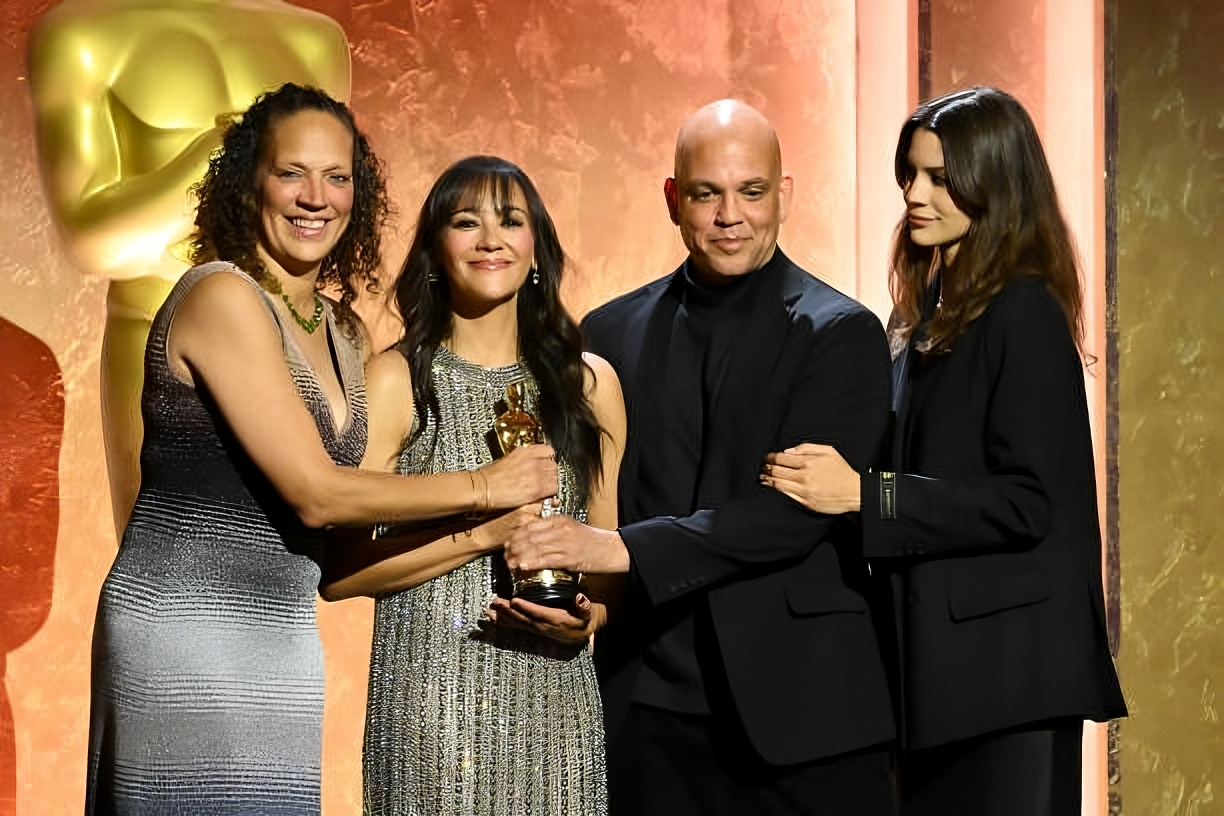The Meteoric Ascent of Women’s College Basketball
Just ten years ago, Women’s March Madness struggled for recognition, despite the elite basketball talent and competitive games being showcased.
Today, the tournament ranks among the most compelling sports events, reflecting progress in women’s athletics and shifting societal attitudes.
Viewership proves this evolution—last year’s LSU vs. Iowa final drew 9.9 million viewers, nearly triple the audience five years earlier.
This rapid growth happened through generational talent, better media coverage, and a cultural shift toward valuing women’s sports more broadly.
Increased exposure creates a cycle—more fans lead to greater investment, which improves coverage and attracts even more attention yearly.
What was once overlooked now gets prime-time ABC slots, appears in SportsCenter highlights, and trends across major social media platforms.
The Superstars Redefining the Game
At the core of this basketball revolution are athletes who have become cultural icons, transcending sport and captivating fans.
Iowa’s Caitlin Clark isn’t just the NCAA’s all-time scoring leader—she’s a once-in-a-generation talent with incredible skills.
Her deep three-pointers and no-look passes draw comparisons to NBA legends like Stephen Curry and Pete Maravich.
Clark’s ability to shoot from the logo has changed offensive strategies, forcing defenses to guard her from half-court.
LSU’s Angel Reese represents a different archetype—a dominant post player with graceful footwork and the competitive fire of Michael Jordan.
Her viral “you can’t see me” taunt sparked conversations about sportsmanship, race, and gender expectations in athletics.
These superstars are joined by other elite talents like UConn’s Paige Bueckers, who’s known for her smooth game and resilience.
Stanford’s Cameron Brink is another versatile player who impacts both ends of the floor, adding depth to the roster.
Together, these athletes provide something women’s basketball has long lacked—must-see stars who attract casual fans to the sport.
The New Era of Competitive Balance
The competitive landscape of women’s college basketball has shifted dramatically, creating parity that fuels exciting, unpredictable tournament drama.
Gone are the days when UConn’s Geno Auriemma steamrolled through the bracket with double-digit victories in every game.
Today, at least eight teams are legitimate championship contenders, with another dozen capable of making deep runs in the tournament.
South Carolina may enter as the favorite with an undefeated record, but the gap to teams like Iowa and LSU has narrowed.
This parity results from structural changes in college athletics, including the transfer portal, NIL deals, and better investments in women’s programs.
The tournament now features common early-round upsets, where no outcome is guaranteed, making every game thrilling to watch.
Mid-major programs like South Dakota or Gonzaga can beat power conference teams, while traditional powers like Tennessee face stiffer competition.
As a result, every game in the tournament has become must-watch television, attracting more fans to women’s basketball.
The Viewing Revolution: How to Experience the Tournament
The ways fans can engage with Women’s March Madness have expanded dramatically, reflecting the tournament’s growing prestige. ESPN now broadcasts every game on its networks, with select matchups airing on ABC during prime-time television slots.
Cord-cutters can stream games on ESPN+ and NCAA March Madness Live, offering multiple camera angles and detailed in-game statistics.
Social media serves as a vital second screen, with highlight clips going viral just minutes after key plays occur.
Production values now mirror the men’s tournament, including enhanced graphics, aerial angles, and analytics that engage casual basketball fans.
Broadcast teams feature top basketball voices like Rebecca Lobo, Debbie Antonelli, and Andraya Carter, providing expert commentary and deeper insight.
For live audiences, women’s tournament games now offer electric atmospheres, often selling out and matching the energy of men’s events. This comprehensive media approach has been instrumental in converting casual viewers into dedicated fans.
Why This Tournament Matters Beyond Basketball
The cultural significance of Women’s March Madness reaches far beyond basketball, influencing broader conversations around gender equality in sports today.
The 2021 weight room incident revealed tournament disparities, sparking national debate and accelerating the push for equity in women’s sports.
Players now use their growing platforms to advocate for better treatment, improved resources, greater coverage, and increased respect for women.
The tournament’s success proves women’s sports are commercially viable, challenging outdated views about marketability and audience interest across various platforms.
Young girls see these athletes as visible role models, inspiring them to believe women’s sports belong on the biggest stages.
Professional opportunities are increasing, with the WNBA draft gaining recognition and overseas leagues offering athletes competitive and lucrative contracts abroad.
Most importantly, the tournament’s rise reflects shifting values in society, redefining how women’s achievements in all fields are celebrated today.
When millions tune in to watch elite female athletes, it sends a powerful message about equality and progress in sports culture.
The Road to Cleveland: What to Expect in 2024
As the 2024 tournament tips off, several compelling storylines will dominate the conversation. Can Caitlin Clark cap her historic college career with a championship before likely becoming the No. 1 WNBA draft pick? Will Angel Reese and LSU repeat as champions, solidifying their place among the game’s elite programs? Can South Carolina complete a perfect season and cement Dawn Staley’s legacy as one of the greatest coaches in history? These narratives will unfold against the backdrop of sold-out arenas and record television audiences, a far cry from the days when women’s tournament games played to half-empty gyms. The expanded 68-team field (matching the men’s tournament) creates more opportunities for Cinderella stories, while the competitive balance ensures that every game matters.
For coaches, the tournament represents a chance to showcase their programs on a national stage, with implications for recruiting and program prestige.
Players, it’s an opportunity to create lasting memories and potentially launch professional careers.
For fans, it’s three weeks of exhilarating basketball featuring some of the most skilled and passionate athletes in the world. The 2024 Women’s March Madness isn’t just another tournament – it’s a celebration of how far the women’s game has come and a preview of its even brighter future.






Leave a comment